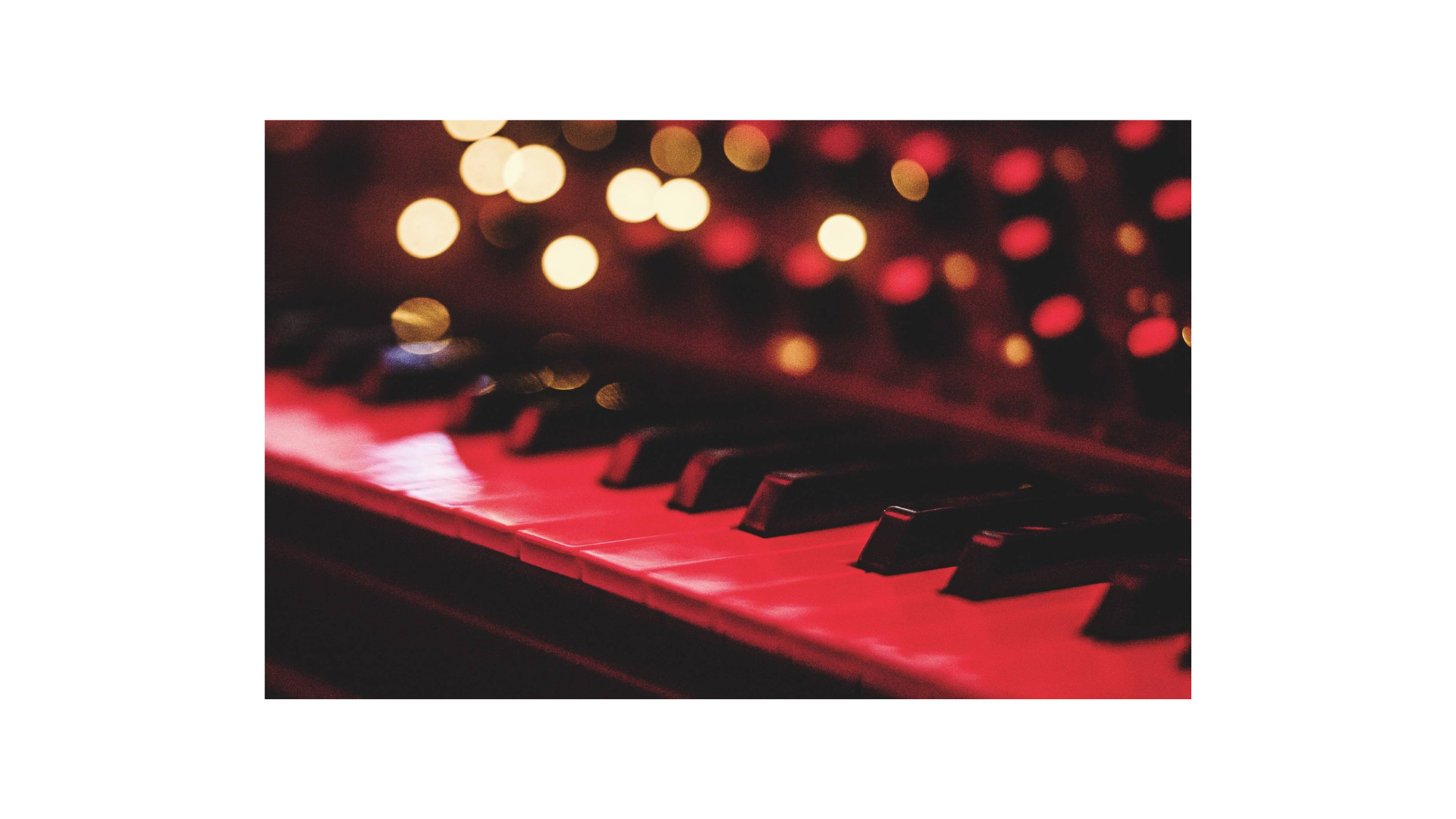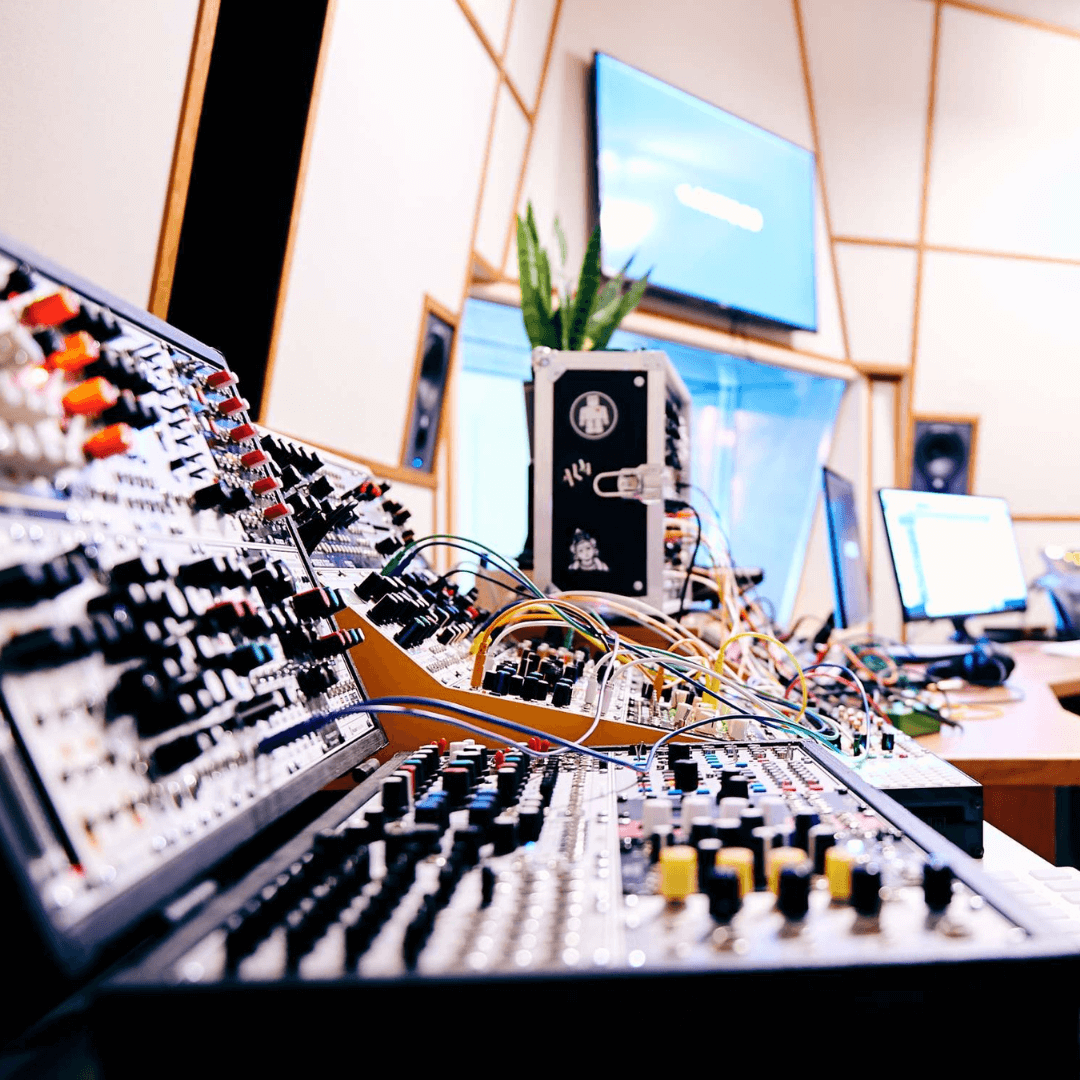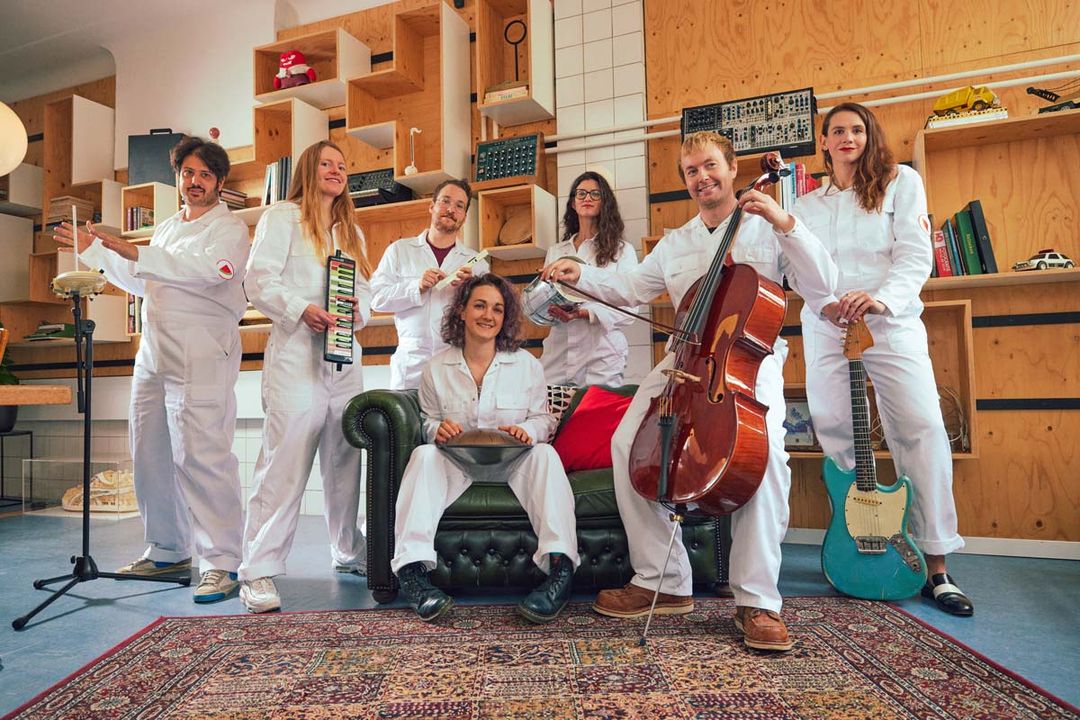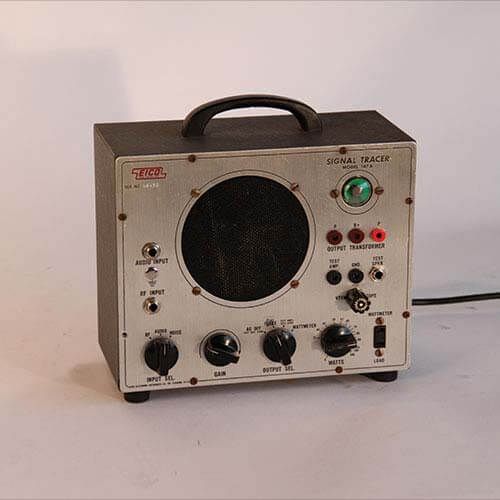Why Do You Need a Holistic Sonic Brand?
The Age of Audio: Learn how Antfood's proven sonic branding methodology can elevate your brand's presence, message and equity in today's evolving media landscape.
The world's most effective brands are discovering the power of sound — but much of its potential remains untapped.
Take a minute to think about the sounds you hear every day, and the role they play in your life. Some are obvious, and attention grabbing — the alarm on your phone, the whistle of your tea kettle, the chirp of your seatbelt chime when you start your car. Others are pleasing, even joyful, such as your favorite song, or the voice of a good friend. Then there are more subtle sounds, sounds that barely cross the threshold of consciousness, such as the crunch of leaves beneath your feet in autumn, the droning ambience of the subway platform, or the burbling murmur of laughter and chatter in the park on a Sunday afternoon. All of these sounds, big and small, play a fundamental role in shaping your perception of the world, in ways that are both powerful and elusive. These sounds orient your attention, alter your moods, alert you to danger, provide critical feedback and could even save your life.
To the uninitiated, the term sonic branding can seem complicated, abstract and saddled with jargon encompassing everything from marketing lingo like brand equity and key product indicators to sound and music arcana such as high pass filters and plagal cadences. At its core, though, the proposition of sonic branding is simple – it is simply that sound matters, and that the sounds we hear every day have a profound impact on our attention, our emotion and our well-being. It is the practice of applying the same strategic rigor that brands bring to their verbal and visual identities to their use of sound, creating multi-sensory experiences that are greater than the sum of their parts. And while brands, marketers, product designers and content creators are increasingly coming around to sound as a powerful tool for shaping perception, increasing memorability and connecting with audiences, there is still a deep well of untapped potential in the space. As brands compete for attention and resonance in an increasingly chaotic media environment, sound can become a critical tool that affects every touch-point. In this niche but growing field, the bar gets higher and higher every year, and the best sonic brands may have yet to be created.
Why Sound?
Branding has traditionally been preoccupied with the visual, with most brands developing detailed guidelines governing everything from logo placement, to fonts, colors, photography and illustration. Sound, by contrast, has historically been overlooked, although several recent media trends have caused brands, marketers and content creators to think more carefully about the sounds they create. For starters, there has been an explosion of audio-first media, with podcast listening and audio streaming both reaching an all-time high in 2022, and smart speakers becoming increasingly commonplace in American homes. The rapid growth of multi-sensory content such as video streaming and virtual reality have created further opportunities for sound. The proliferation of media has also made it increasingly difficult to capture audience attention, with one recent survey claiming that as many as 67% of users are on their mobile phones while watching television. Sound can help brands make an impact in situations where media clutter has bogged down the visual sense.
However, there is more to sound than just recent audio trends. There is a wealth of evidence to suggest that hearing, more so even that sight, is the defining sense of the human species. For one thing, reactions to sound stimuli are ten times faster than responses to visual stimuli, leading some researchers to argue that sound is humanity’s primary alert sense. This makes sense intuitively, as sound is not directionally limited and thus can be used to alert humans to potential danger that might be outside the field of vision.
Sound, in the form of spoken language, is also the primary medium of communication between human beings. Despite interesting evidence of rudimentary proto-languages in birds and primates, the ability to communicate complex ideas via verbalizations is ultimately fully unique to humans. As creatures with soft hides, blunt teeth and no claws to speak of, many researchers theorize that our ability to communicate and collaborate on a deep level is what has made us the dominant species on this planet. And while the actual origin of language remains a mystery, evolutionary biologists have described it as “the most important evolutionary invention of the last few million years”, as well as the fundamental quality that makes us human beings. Crucially, there is compelling evidence that language is always an auditory phenomenon in hearing individuals, even when it is presented as a visual phenomenon in the form of writing. One 2015 study found that, when reading written text, the same parts of the brain are activated as those that respond to hearing the sounds of those words. It seems that the brain “hears” written words as sound first, before deducing meaning and formulating a response. In other words, even billboards make sound.
In addition to language, there is another kind of sound that is uniquely human. Music, the art of organizing noise into a pleasing and expressive experience, plays a major role in human culture. There is ample evidence that music is fundamental to the human experience, and has been a defining trait of social organization for as long as we can remember. The oldest musical instrument, a flute carved from the bones of a Woolly Mammoth, is around 40,000 years old, and musicologists have made the case that the spacing of its holes suggests that it was used to produce notes tuned to the diatonic scale- the same scale used for the vast majority of music today. Researchers have even suggested that music was an evolutionary advantage for early humans over the now extinct Neanderthal, although other researchers dispute this, pointing to evidence that Neanderthals may have had instruments of their own. Regardless, it is clear that music has been with us since the dawn of humanity, and has long played a vital role as a source of ritual, community, celebration and more.

Importantly, sound never exists in a vacuum, and often interacts with other senses in interesting, useful and surprising ways. Evidence suggests that when audio and visual elements of a communication are perceived to be in sync, the communication is more persuasive. Researchers have suggested that rich multi-sensory experiences can enhance the perceived value of products in luxury marketing, by creating the perception of a “total experience.” Experiments have also yielded interesting connections between sound and touch, showing that these senses can have a profound impact on one another. Fascinatingly, there is even growing evidence that sound can affect your sense of taste, effectively playing the role of sonic seasoning.
All of this evidence suggests that sound is a safe long-term investment that transcends media trends; in one hundred years, we may or may not have metaverses, or podcasts, or smart speakers, but we will certainly have ears, and sound will still play a crucial role in how we experience the world around us.
About the author
Colin Coogan, Senior Creative Strategist at Antfood has over 10 years of experience in sonic branding. A lifelong musician, he leverages knowledge of psychology, brand strategy, and music to build comprehensive sonic identities and experiences. He lives in Brooklyn with his partner and two unusually large cats.



